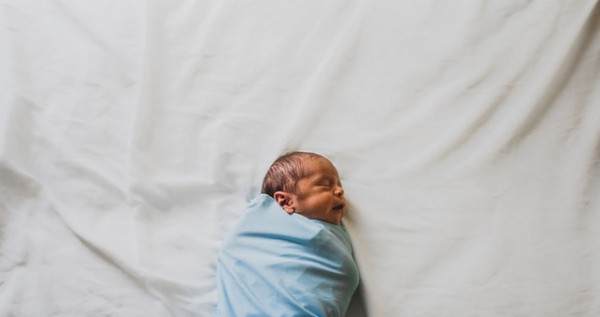Why sleep is important
We’ve all experienced sleepless nights and have felt first-hand the effects of not getting enough sleep. And as a parent you know how fussy and cranky a child can be when they’re tired, and how sweet and happy they can be after a good rest.
Babies and children need sleep not only to restore them physically, but also for:
- growth – while babies sleep, their bodies produce growth hormones at a much faster rate
- brain and physical development
- immunity
- learning and memory.
There’s growing evidence poor quality sleep – or not enough sleep – can have a negative impact on children’s health and wellbeing, weight, behaviour, and learning.
How much sleep children need every day
The amount of sleep children need changes as they get older, and every child is different. Some children need a lot of sleep, and others need less. It’s not just the amount of sleep that's important, but the quality of sleep.
The information in the table below is just a guide. It shows the recommended total hours of sleep (including naps) every day for children from birth to five years. Some children sleep slightly less or more than the recommended time, and that may be appropriate for them.
|
Age |
Recommended |
May be appropriate |
Notes |
|
Newborn (0–3 months) |
14–17 hours |
11–13 hours 18-19 hours |
Newborns sleep on and off all, day and night. By three months babies are usually starting to sleep for longer stretches, especially between midnight and 5am. This is because they’re starting to organise sleeping and waking according to daily cycles of light and darkness. |
|
Infant (4–11 months) |
12–15 hours |
10–11 hours 16-18 hours |
Between three and six months, babies might start napping two to three times a day for up to two hours each. They may still wake once or more at night. From six to 12 months, babies start having their longest sleeps at night. They're usually ready for bed between 6pm and 10pm. Most babies can sleep up to or more than six hours at night, but almost two thirds of babies wake at least once a night. About one in 10 babies wakes three to four times a night. Most babies this age are still having one to two hour daytime naps. About a quarter of these babies nap for less than an hour. |
|
Toddler (1–2 years) |
11–14 hours |
9–10 hours 15-16 hours |
Toddler sleep is usually made up of a one to two hour nap during the day, and a 10-12 hour sleep at night Some toddlers resist going to bed at night, wanting instead to stay up and be with whānau instead. This common issue peaks around 18 months and improves after that. Less than 5% of two-year-olds wake three or more times overnight. |
|
Preschool (3–5 years) |
10–13 hours |
8–9 hours 14 hours |
Children aged three to five years need around 11-13 hours sleep a night, and may also have a day nap of around an hour. |
Adapted from the National Sleep Foundation: How much sleep do we really need?
Sleep cycles
Newborn sleep
The biological process that controls our feelings of being sleepy or awake over a 24-hour period is called the circadian rhythm, or body clock. It’s controlled by an area of the brain that responds to light, which is why most of us are most alert during daylight hours, and are ready to sleep when it’s dark outside.
Babies aren’t born with a circadian rhythm, and they don’t know that people sleep at night. Normally within the first three-four months they begin to organise sleeping and waking according to daily cycles of light and darkness.

Elements of a sleep cycle
From about six months of age, we all cycle between different types of sleep during night time sleep and long naps - rapid eye movement (REM) sleep, and non-REM sleep.
In REM sleep, also called dream sleep, your eyeballs move from side to side underneath your eyelids. Babies can spend up to half of their sleep in the REM stage, compared to only about 20% for adults.
Non-REM sleep consists of light sleep and deep sleep. Children wake easily in light sleep, and it’s difficult to wake them from deep sleep. In the deep stages of non-REM sleep, the body builds bone and muscle, repairs and regrows tissue, and strengthens the immune system.
The amount of REM and non-REM sleep in a cycle changes through the night.
Sleep cycles and children’s sleep
In the first few hours after children fall asleep, they have a lot of deep non-REM sleep, and sleep very soundly.
In the second half of the night, they have more REM and light non-REM sleep, meaning they don't sleep as soundly. They may wake up more during this time.
Sleep cycles get longer as children get older. Sleep cycles are around 60 minutes in three-year-olds. By about age five, sleep cycles are the same as an adults, at around 90 minutes.
Read more about baby sleep and settling